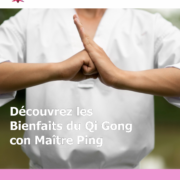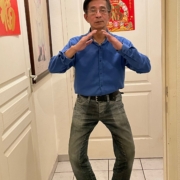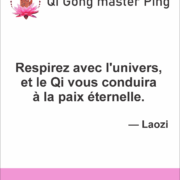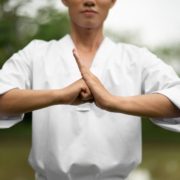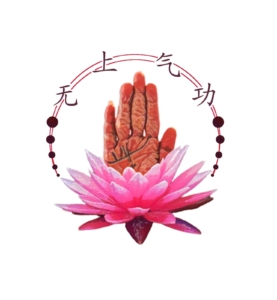Discover the Differences: Qi Gong and Taoist Qi Gong with Master Ping
Discover the Differences: Qi Gong and Taoist Qi Gong with Master Ping
What is Qi Gong:
Qi Gong, also known as Chikung in some regions, is an ancient Chinese practice that combines gentle movement, deep breathing and mental concentration to cultivate and balance Qi (vital energy) in the body.
The word “Qi” refers to the energy that flows through all living beings, and “Gong” means work or skill. Qi Gong can therefore be translated as “energy work” or “the art of cultivating energy”.
This discipline, which has its roots in Chinese philosophical and medical traditions, has been practiced for thousands of years to improve physical, mental and emotional health, as well as to promote longevity and general well-being.
It is based on the belief that when Qi flows harmoniously and unblocked through the body’s meridians, health and balance are naturally preserved.
What is Taoist Qi Gong:
Taoist Qi Gong is an ancient discipline that combines philosophy, spirituality and physical techniques to harmonize the vital energy, known as Qi, within the body. Deeply rooted in Taoist philosophy, this ancient practice aims to achieve holistic health, promote longevity and foster a profound connection with the universe and its natural cycles.
Born thousands of years ago in China, Taoist Qi Gong is based on the principles of Taoism, a philosophical and spiritual tradition that seeks to live in harmony with the Tao, the “way” or universal principle that governs all that exists. According to this philosophy, the balance between Yin (the feminine, passive principle) and Yang (the masculine, active principle) is essential to maintaining health and well-being. Taoist Qi Gong draws on this concept to balance these opposing forces in the body and allow Qi to circulate freely along the meridians, the energy channels that link the body’s organs and systems.


